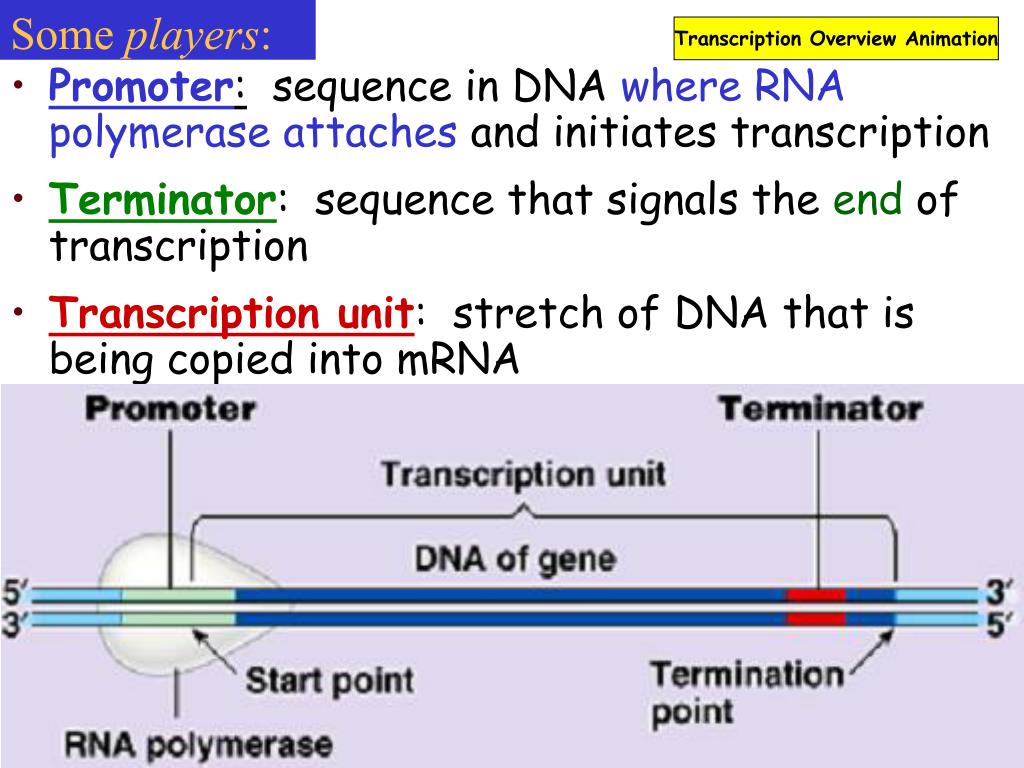

The reaction is most efficient if the 5' phosphate isremoved (by alkaline phosphatase) prior to the kinase treatment.ī. 5' end label: T4 polynucleotidekinase and ATP. Primer extension assay,another way to map the 5’ ends of genesĪ. The size of theresulting primer extension product gives the distance from the labeled site tothe 5' end of the RNA (or to the nearest block to reverse transcriptase).įig. It will nowserve as a primer for synthesis of the complementary DNA by reversetranscriptase.

A short fragment of DNA,complementary to RNA, shorter than the RNA and labeled at the 5' end, ishybridized to the RNA. This assay measures the distancebetween an end label and the point to which reverse transcriptase can copy theRNA. Nuclease protectionassay to define the 3’ end of a gene. This could be the beginning of the RNA, or it could be anintron, or it could be an S1 sensitive site.įig. Note that this fragment runs from the labeled site to thenearest interruption between the DNA and the RNA. The resulting fragment of protected DNAis run on a denaturing gel to determine its size. The labeled DNA is hybridized to RNAand then digested with the single‑strand specific nuclease S1. A fragment of DNA(complementary to the RNA) that extends beyond the 5' end of the RNA is labeledat a restriction site within the RNA‑complementary region. This assay measures the distance between an endlabel (at a specific known site on DNA) and the end of a duplex between RNA andthe labeled DNA. Nuclease protection to map 5’ end of agene Thusmethods to map the 5’ end of the mRNA are critical first steps in defining thepromoter.įigure 3.2.1. The nucleotide in DNA that encodes the5' end of mRNA is almost always the start site for transcription. The phenomenon of polarity is explored to show the relationships amongmRNA structure, transcription and translation in E. It then covers promoters, elongation,termination, and mRNA structure. Thechapter begins with a discussion of techniques used to find the start site fortranscription and to identify the segments of DNA bound by protein. Thissecond chapter on transcription focusses on the cis -acting elements needed for accurate transcription,with a emphasis on promoters. TRANSCRIPTION: PROMOTERS, TERMINATORS AND mRNA


 0 kommentar(er)
0 kommentar(er)
